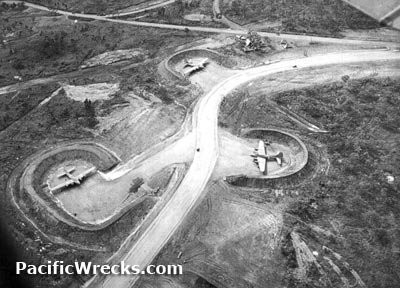Fatboy Coxy
Airman 1st Class
- 129
- Aug 24, 2019
Hi all, 12 September 1941, nine B-17s of the 14th Bombardment Squadron landed in Clark Field, Philippines after completing the last leg of the Central Pacific Air Route. They had left Hamilton Field, just outside San Francisco on 5th September, flying to Hickam Field, Hawaii, then onto Midway and then Wake Islands. They then flew onto Port Moresby, then Darwin, before completing the journey to the Philippines.
Sources
among others.
However, I didn't think Port Moresby was developed sufficiently for B-17s, and it has been suggested that they flew direct from Wake to Clark Field. Can anyone confirm which route they took?
Sources
among others.
However, I didn't think Port Moresby was developed sufficiently for B-17s, and it has been suggested that they flew direct from Wake to Clark Field. Can anyone confirm which route they took?

